Investment Banking Pitch Books: Design, Examples & Templates

Bankers like to complain about almost everything, but near the top of the complaint list is “investment banking pitch books.”
Some Analysts claim that you’ll devote all your waking hours to creating these documents, while others say they’re time-consuming but not that terrible to create.
Some senior bankers swear by pitch book presentations, claiming that they help to win and close deals, while others think they’re over-hyped.
We’ll look at all those points and more in this article, including downloadable pitch book examples and templates for you to use.
Table Of Contents:
- What Is An Investment Banking Pitch Book?
- How to Create a Pitch Book
- Investment Banking Pitch Book Sample PPT and PDF Files and Downloadable Templates
- Sell-Side Pitch Books for Sell-Side Mandates
- Buy-Side Pitch Book Examples
- Equity Pitch Book and Debt Pitch Book Examples for Financing Mandates
- Other Types of Pitch Books
- Why Do You Spend So Much Time on Investment Banking Pitch Books as a Junior Banker?
- What Do You Need to Know About Pitch Books as an Intern or New Hire?
What Is An Investment Banking Pitch Book?
Pitch Book Definition: In investment banking, pitch books refer to sales presentations that a bank uses to persuade a client or potential client to take action and pay for the bank’s services. Pitch books typically contain sections on the merits of the transaction; analysis of potential buyers or sellers; pricing and valuation information; as well as key risks to mitigate.
That is the classic definition, but in practice, people use the term “pitch book” to refer to almost any presentation created by a bank.
We’re going to focus on presentations to potential clients here because they tend to be the most time-consuming ones, and they generate the most horror stories as well.
There’s no way to “measure” how much pitch books matter, but it’s safe to say that they’re less important than the time spent on them implies.
Bankers win deals primarily because of relationships cultivated over a long time; a pretty presentation right before a company goes public means little compared with the 5-10 years of meeting the CEO and CFO before that point.
Pitch books matter to you as an investment banking analyst or associate primarily because you’ll spend a good amount of time creating them – and you can’t screw up if you want a good bonus.
How to Create a Pitch Book
Almost all investment banking pitch books use a structure similar to the following:
- Situation, 0r “Current State”: Your prospective client is looking for growth.
- Complication, or “Problem”: The potential client’s growth rate has been slowing down.
- Hypothesis, or “Solution”: Acquiring a growing company can meet the potential client’s need for growth.
Then, you go into detail showing why the hypothesis might be true – including why your team is qualified to lead this transaction, similar transactions you’ve led before, and the valuation this company can expect to receive.
Investment Banking Pitch Book Sample PPT and PDF Files and Downloadable Templates
Here are a number of example pitch books in editable Powerpoint (PPT, PPTX) and PDF versions, drawn from some of the case studies within our investment banking courses:
- Jazz Pharmaceuticals – Valuation and Sell-Side M&A Pitch Book (PPT)
- Jazz Pharmaceuticals – Valuation and Sell-Side M&A Pitch Book (PDF)
- KeyBank and First Niagara – FIG M&A Pitch Book (PPT)
- KeyBank and First Niagara – FIG M&A Pitch Book (PDF)
- Netflix – Equity, Debt, and Convertible Bond Financing Pitch Book (PPT)
- Netflix – Equity, Debt, and Convertible Bond Financing Pitch Book (PDF)
Here’s what you can expect in the first few parts of any pitch book, including many examples from actual bank presentations:
Pitch Book Presentation, Part 1: Pitching Your Team as the Advisor of Choice
The first section of investment banking pitch books introduces your firm’s platform, recent transactions, and team.
You might include stats on your firm’s position in the league tables, or explain its growth story and how it’s different from its competitors. Here are a couple of examples:
You might also write about distribution partnerships and other strategic developments here.
The next section consists of credentials, which include similar transactions your team has completed. Since turnover at banks is high, these lists often include transactions completed by team members when they were at other banks.
Here are a few examples:
These pages look simple, but they can be time-consuming to put together because you need to find the most relevant deals and rearrange elements from other presentations.
You may also go into more detail on a few deals and devote entire pages to them.
Banks often call these 1-page descriptions “case studies,” and you can see a few examples below:
Finally, this section will include a team biography, including previous firms, relevant deals/clients, and education for each member:
Pitch Book Presentation, Part 2: Providing Background and Context
Before you move into the specific situation of the company you’re meeting, you’ll usually share some updates on the industry as a whole and recent deal activity in the sector.
Unlike the first part, which was about your team’s experience, this one is more about general trends that affect everyone.
For example, if a tech startup is considering an initial public offering, you’ll review tech IPOs from the past 6-12 months, explain how they’ve performed, and discuss the types of companies that tend to go public.
Here are a few examples of industry updates:
And here are a few examples of deal/transaction updates:
Pitch Book Presentation, Part 3: Choose Your Own Adventure
After these first few sections, which are similar in any pitch book, the structure and content start to differ based on what the bank is pitching.
We’ll look at three broad categories here:
- Sell-side mandates (i.e., convince a company to sell itself)
- Buy-side mandates (convince a company to acquire another company)
- Financing mandates (raise debt or equity).
Sell-Side Pitch Books for Sell-Side Mandates
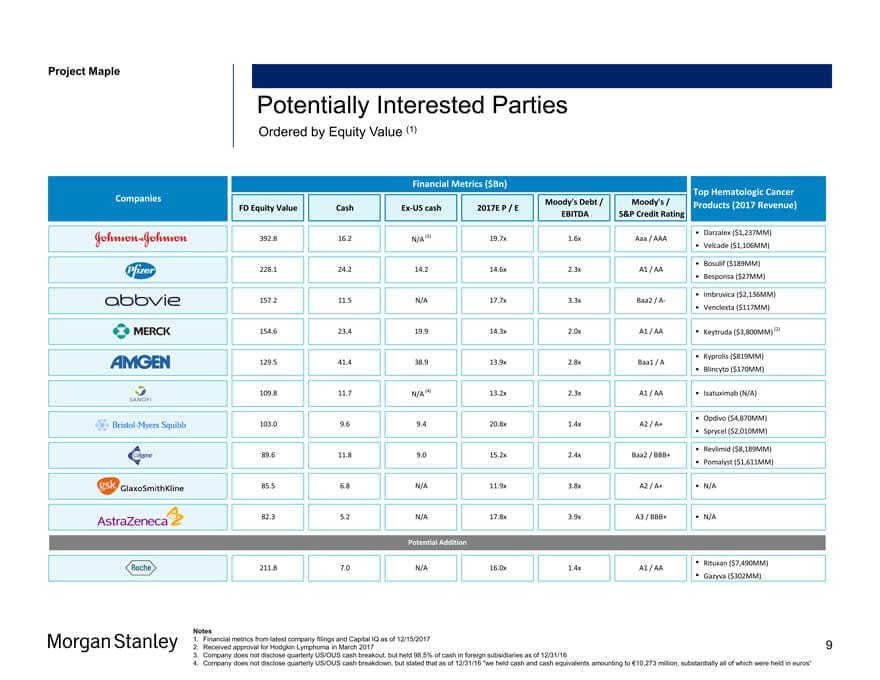
You’ll start by including a few slides on how your bank would position the company and make it attractive to potential buyers.
For example, if the firm is a traditional services provider with a growing online presence, you might attempt to spin it as a “SaaS” (Software-as-a-Service) company – within reason.
If you’re pitching a large company on a divestiture, you might explain how you’ll make the division sound like more of a standalone entity – meaning that buyers won’t have to spend as much time and money integrating it.
Next, you’ll lay out the company’s valuation and the price it might expect to receive in a sale.
This valuation section might be only 1-2 slides in a short pitch book or 20+ slides in a longer one.
Common elements include the valuation football field, output of a DCF model, comparable public companies, and precedent transactions.
The “football field,” or summary valuation, pages range from simple to more interesting to so complicated they could be eye charts.
Here are a few examples of other valuation-related slides:
It is unusual to include a Contribution Analysis or any M&A analysis in this section unless the deal is highly targeted or has advanced quite far.
After the valuation section, you’ll discuss “potential buyers,” a list that is sometimes the longest and most time-consuming section of the entire pitch book.
Short summaries aren’t too bad, but if a senior banker wants a full page on each acquirer, you can look forward to a lot of monotonous work gathering the information.
Here are a few shorter examples:
You’ll conclude the pitch book with a summary of your recommendations and the company’s next steps.
For example, you might suggest that the company pursue a targeted sale process with the 5-10 best buyers and aim to complete a deal within 12 months.
These slides tend to be generic ones, used across multiple presentations:
Finally, in longer investment banking pitch books, there is often an Appendix with more detailed models and data, and sometimes even longer lists of potential acquirers.
No one reads this section, but bankers enjoy spending time on unnecessary work (read: evidence of effort).
Buy-Side Pitch Book Examples
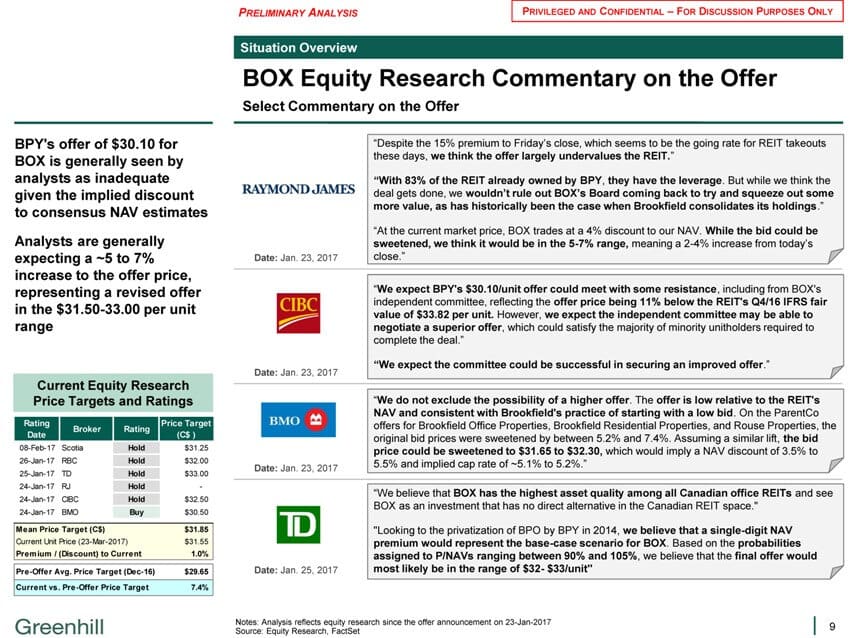
Investment banking pitch books for buy-side M&A deals follow a similar structure, with a few key differences:
- The “Positioning” part in the beginning might be more about the types of acquisitions the company should pursue and how your bank will help close these deals.
- There may be valuation information, but the purpose will be different: in buy-side deals, you value the buyer to estimate how much a stock issuance to fund the deal might be worth. You might also include quick valuations of potential targets.
- Instead of profiling potential acquirers, you’ll profile potential targets. This list is often longer than the list of potential buyers because a large company could, in theory, choose from hundreds or thousands of potential targets to acquire.
Buy-side M&A pitch books are often shorter than sell-side ones, but they can be more tedious to create due to the longer profile lists.
As a junior banker, you won’t have much input into the acquisition targets that are profiled in these presentations, but senior bankers try to present ideas that:
- Maintain or exceed the firm’s cost of capital.
- Maintain the firm’s competitive advantage.
- Enhance the firm’s ability to serve clients.
- Help the firm expand into high-growth geographies or industries.
Large companies often meet with dozens of bankers per month, so originality can be important as well; many investment banks pitch the same set of acquisition targets repeatedly.
If you present an idea the company has seen 100 times before, they’re unlikely to be excited – but if you find a company they haven’t considered, or you have some exclusive insight, you’ll capture their attention.
It’s tough to find real investment banking pitch books for these transactions because most buy-side M&A deals never close, so the banks do not disclose any of the documents.
But here are a few company profile and associated commentary slides similar to the ones found in buy-side pitch books:
- Brookfield Canada Office Properties by Greenhill
- Banco Santander S.A. by Goldman Sachs
- Side-by-Side Comparison of Buyer and Seller by JP Morgan
- Equity Research Commentary on Buyer’s Offer for Seller by Greenhill
Equity Pitch Book and Debt Pitch Book Examples for Financing Mandates
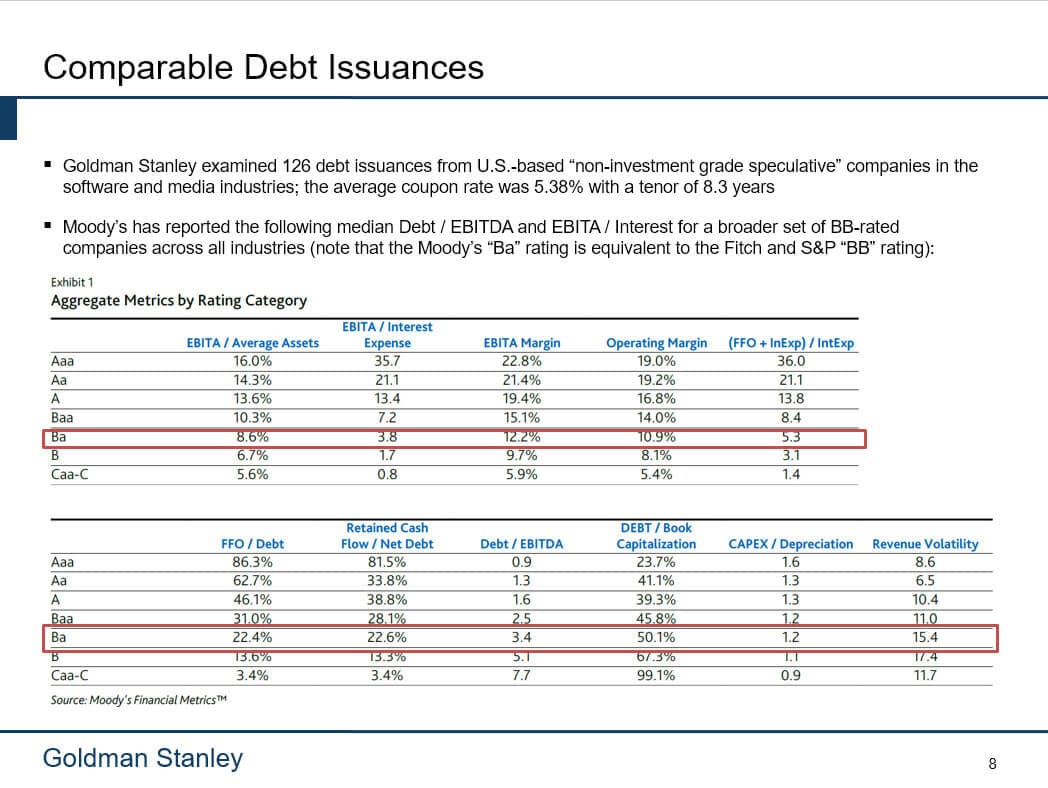
In financing mandates – for equity, debt, and even restructuring deals – there are a few major differences compared with the investment banking pitch books described above:
- No Profiles – You are simply pitching the company on raising capital or restructuring its capital, so there is no need to discuss potential buyers or sellers.
- Financing Models Instead of / or In Addition to Valuation – Valuation still matters for equity and restructuring deals, but you will also have to present additional analyses that are relevant to the deal.
For example, if you’re pitching an IPO, you might show the range of multiples at which the company could go public, the range of proceeds it might receive, and how its value might change after the deal.
In a debt deal, you’ll show the credit stats and ratios for the company under different scenarios, such as Term Loans vs. Subordinated Notes, and explain which one is best based on that.
For more examples, please see the articles on ECM, DCM, and Restructuring.
Also, see our coverage of IPO valuation models and debt vs. equity analysis:
Other Types of Pitch Books
Many other presentations get labeled “pitch books” even if banks pitching their own services do not create them.
For example, management presentations for pitching clients to potential buyers are often labeled “pitch books.”
However, they’re just extended versions of the Confidential Information Memorandum (CIM).
And in the EMEA region, they’re the same thing because CIMs tend to be more like presentations than written documents.
Banks also create presentations to deliver Fairness Opinions, update clients on recent buyer or seller activity, and update clients on the status of M&A deal negotiations.
None of these is a pitch book according to the classic definition, but the slides often look similar, and there may be some common elements, such as the valuation section.
Why Do You Spend So Much Time on Investment Banking Pitch Books as a Junior Banker?
Not all pitch books take days or weeks to complete – shorter ones might require only a few hours of work.
But they can easily spiral into never-ending projects that require all-nighters and extraordinary effort to finish, resulting in those legendary investment banking hours.
That’s because of:
- Attention to Detail – You’ll spend a lot of time making sure your punctuation is consistent, that all the footnotes are in the right spots, and that the dates are correct.
- Dozens of Revisions – Senior bankers love to make changes well past the point of diminishing returns. It’s not uncommon to see “v44” at the end of file names.
- Conflicting Changes – The Associate wants one thing, the VP wants another, and the MD wants something else. And if you implement the MD’s version based on seniority, the others may fight back.
- Random Graphic Design Work – This one is more of an issue at boutique firms that lack presentations departments, but sometimes you’ll have to spend time creating fancy visual elements on slides – which end up being useless once your MD changes his mind and rips out those slides.
What Do You Need to Know About Pitch Books as an Intern or New Hire?
If you’re new to the industry, you should familiarize yourself with the layout and design elements of pitch books, but you do not need to be an expert on the creation process.
Different banks use different tools and methods, so it might be counterproductive to learn too much in advance.
You should also learn the key PowerPoint shortcuts very well, including how to customize PowerPoint to make it more efficient (see our tutorial on PowerPoint Shortcuts in Investment Banking below):
https://www.youtube.com/watch?v=tnJ1e2xJmFc
Everyone knows that Excel is important in finance, but people tend to underestimate PowerPoint – even though most junior bankers spend more time in PowerPoint than Excel.
To learn those efficiently, check out our PowerPoint Pro course, which covers the fundamentals of presentation creation, including how to set up PowerPoint properly in the first place, alignment and formatting tricks, slide organization, pasting in Excel data, and applying the “finishing touches.”
There are also practice exercises for creating deal and company profiles and fixing slides with formatting problems.
If you learn all that and understand the structure and layout of investment banking pitch books, you won’t have much to complain about – even as the other interns and analysts around you are whining.
Want more?
You might be interested in a detailed tutorial on investment banking PowerPoint shortcuts or this article titled Stock Pitch Guide: How to Pitch a Stock in Interviews and Win Offers.
Free Exclusive Report: 57-page guide with the action plan you need to break into investment banking - how to tell your story, network, craft a winning resume, and dominate your interviews
Comments
Read below or Add a comment



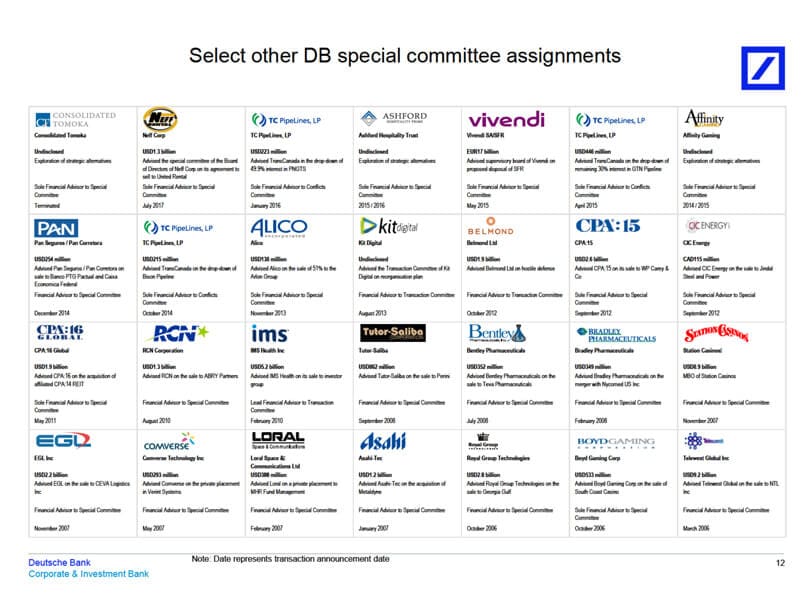


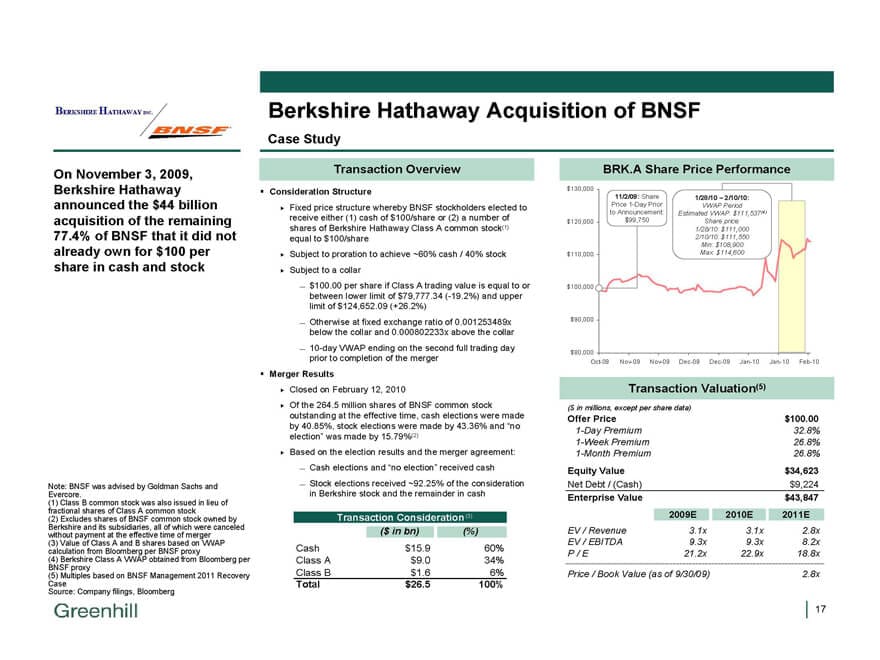



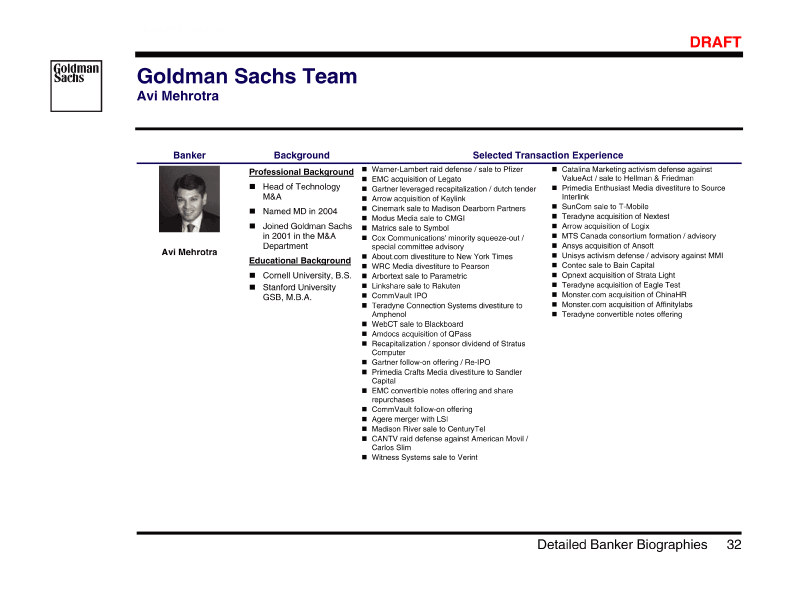








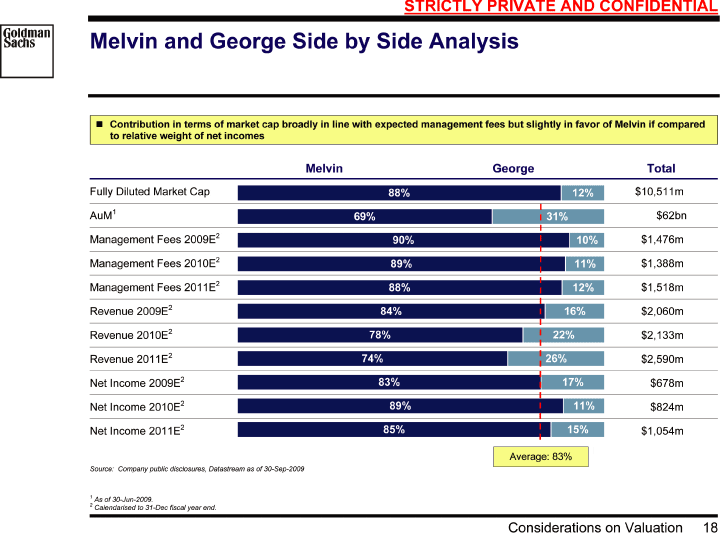

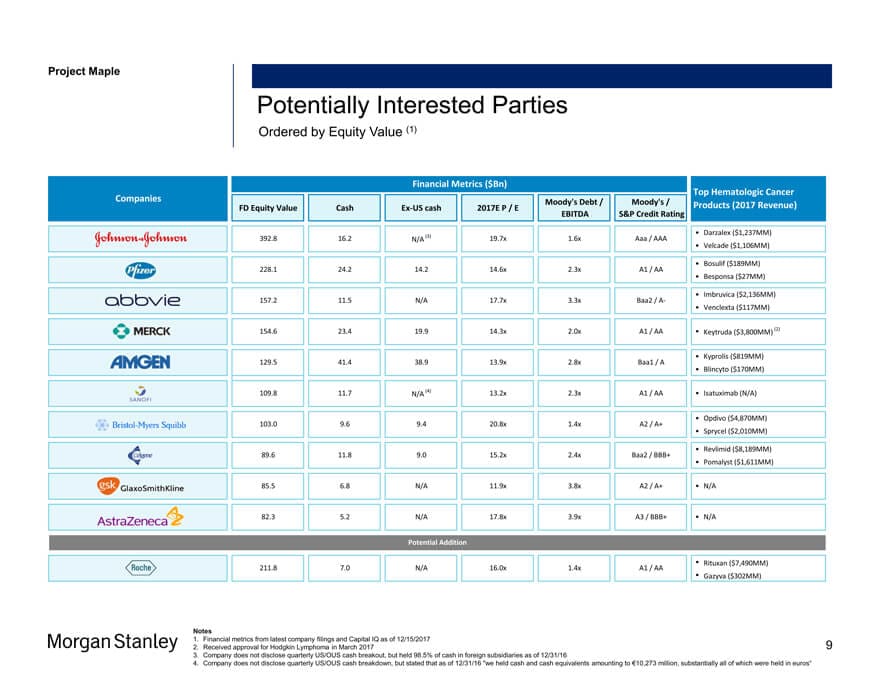

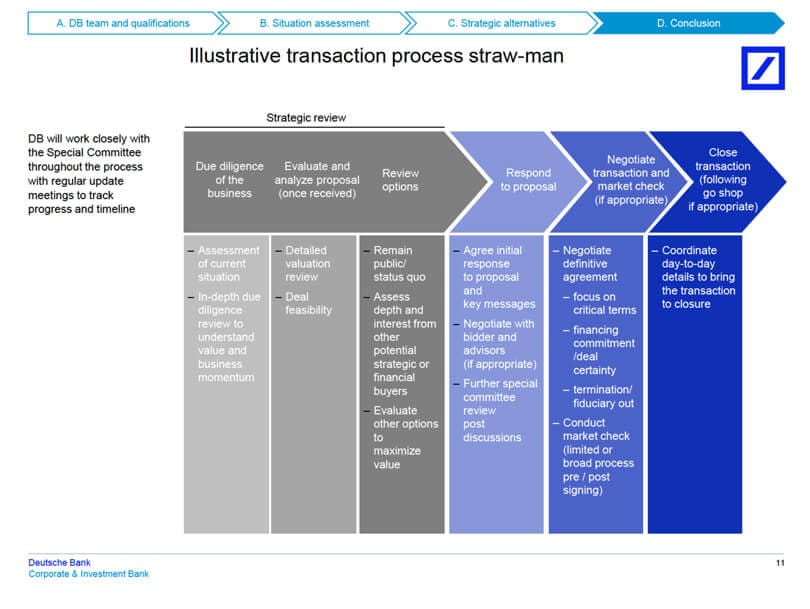
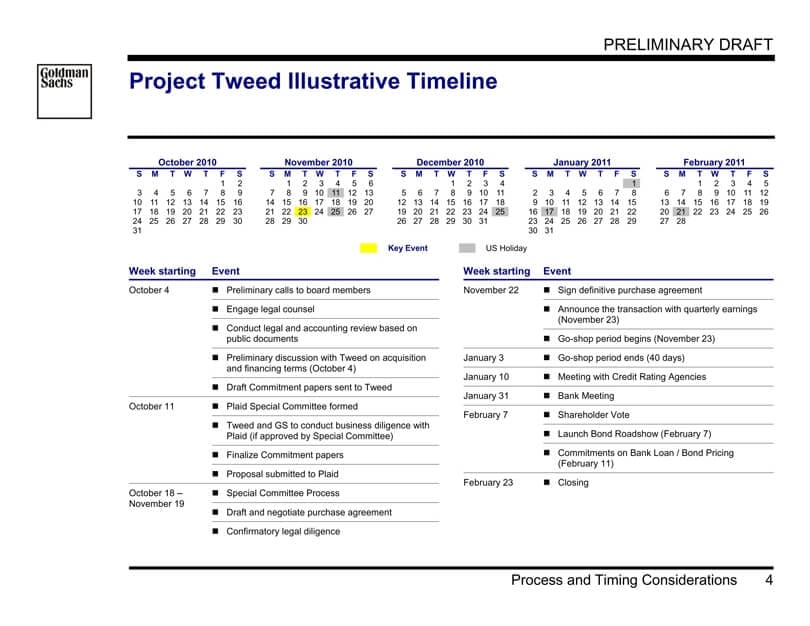



Hi Brian.
Thank you for valuable information!
Thanks!
Hi Brian,
I’m currently interning. After sitting in a client presentation. What questions should I ask my supervisor regarding the presentation. As we’re going to have a follow up call
I’m not sure I understand your question. The questions you ask are completely dependent on the presentation, so I can’t really answer this without knowing the contents of the presentation.
Hi Brain,
Its a great article. Appreciate if you also have a link or article for new PE firm Pitch Deck (presenting to investment banks or FIGs), please.
Thanks
Sorry, don’t have anything there.
Hey Brian,
Great article! The information is very helpful and informative. Where and how can I find other examples of sell-side pitchbooks similar to the ones mentioned in this article?
Thanks,
Ryan
Thanks. Unfortunately, sell-side pitch books are hard to find because they’re not disclosed publicly. You can find presentations for recently announced deals by Googling the deal’s name and limiting the search to the sec.gov site and going through those results.
Brian,
Is an information memorandum informally called a teaser or is this something else?
A teaser is a much shorter document, such as a 1-2-page summary of the company’s key benefits, financials, growth opportunities, etc.